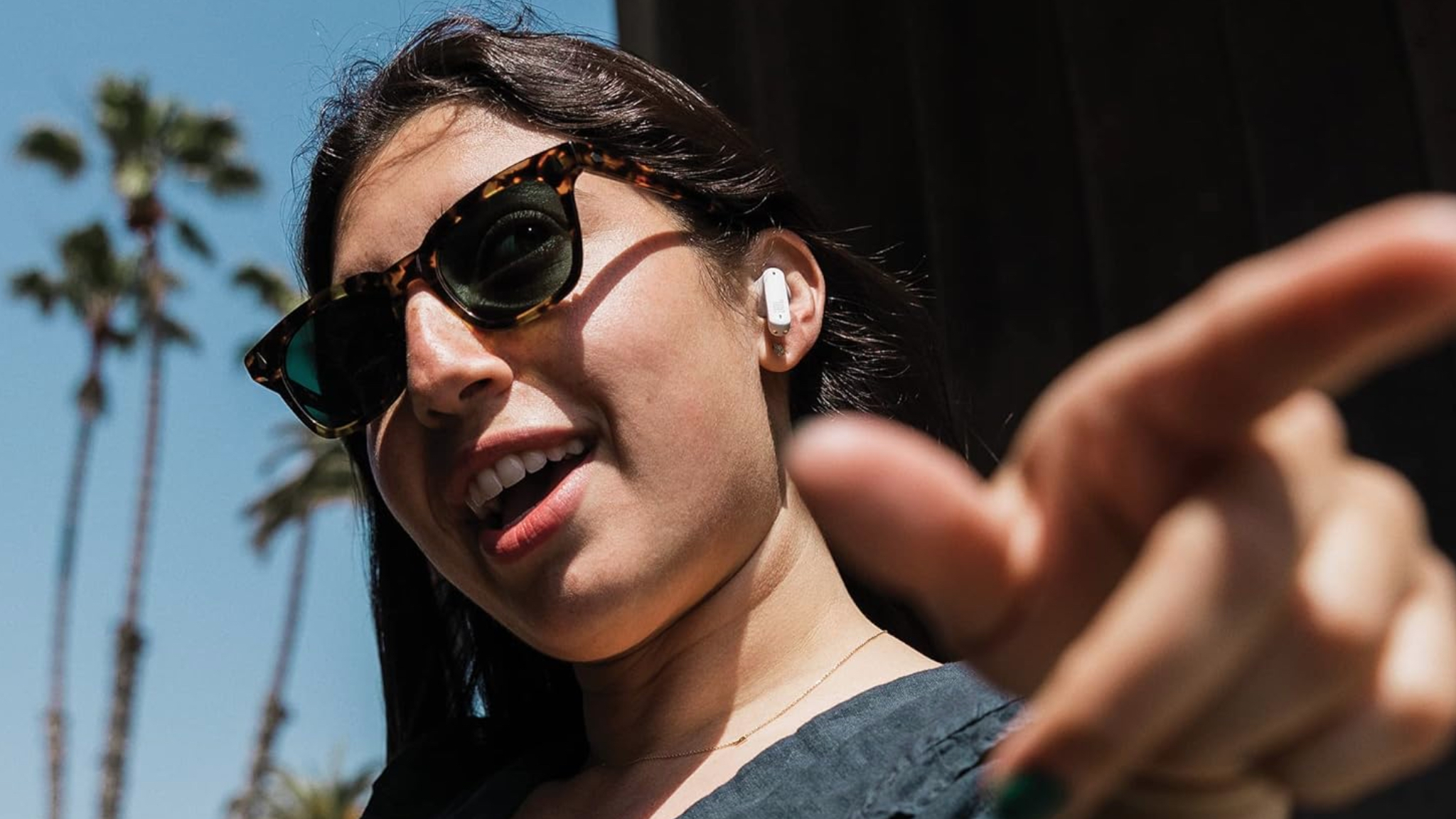Best T-Mobile phones 2025
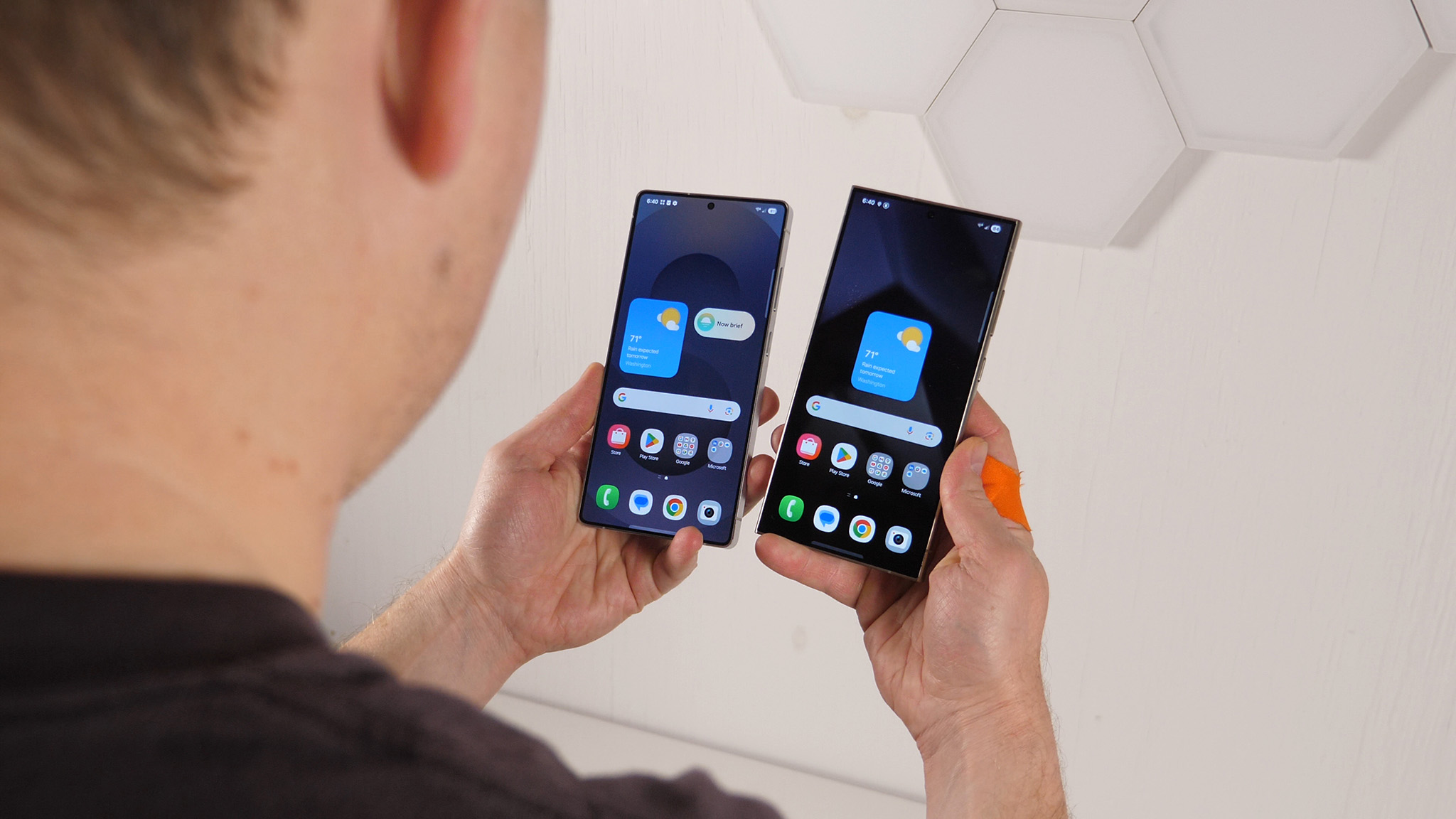
At a glance
1. Best overall
2. Best budget
3. Best compact option
4. Best value flagship
5. Best mid-ranger
6. Best under $300
7. Best flip-style
8. Best foldable
9. Best performance
How to choose
T-Mobile is one of the best phone carriers in the U.S., making it a compelling option for new and existing customers alike. It has one of the largest networks in the nation, offers cellular and home internet plans, and works with all the best Android phones. Plus, you have the option to bring your own phone, or choose from a variety of great options directly from T-Mobile and pay a subsidized monthly rate.
If you're looking for the best Android phone on T-Mobile right now, our top pick is the Samsung Galaxy S25 Ultra. It's arguably one of the best Android phones you can buy today thanks to its excellent display, superb cameras, and built-in stylus. It is quite expensive though, which means it's not the ideal phone for everyone. If you want something that's easier on the pocket or something that can fold in half, we've got all the best phones listed below.
At a glance
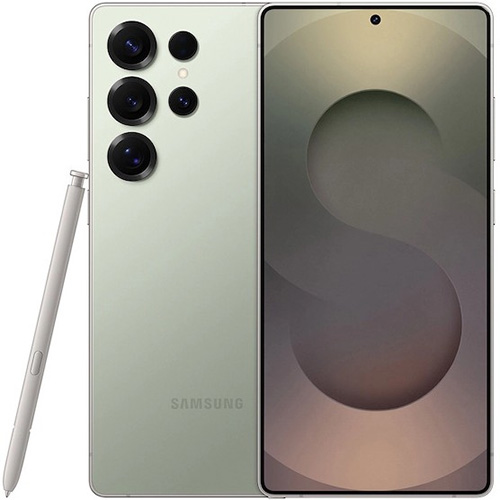
Best overall
With its refined design, top-tier performance, S-Pen support, and a fantastic quad-lens rear camera system, the Samsung Galaxy S25 Ultra raises the bar for all 2025 Android flagships. It's a phone you'll be able to use for years to come.
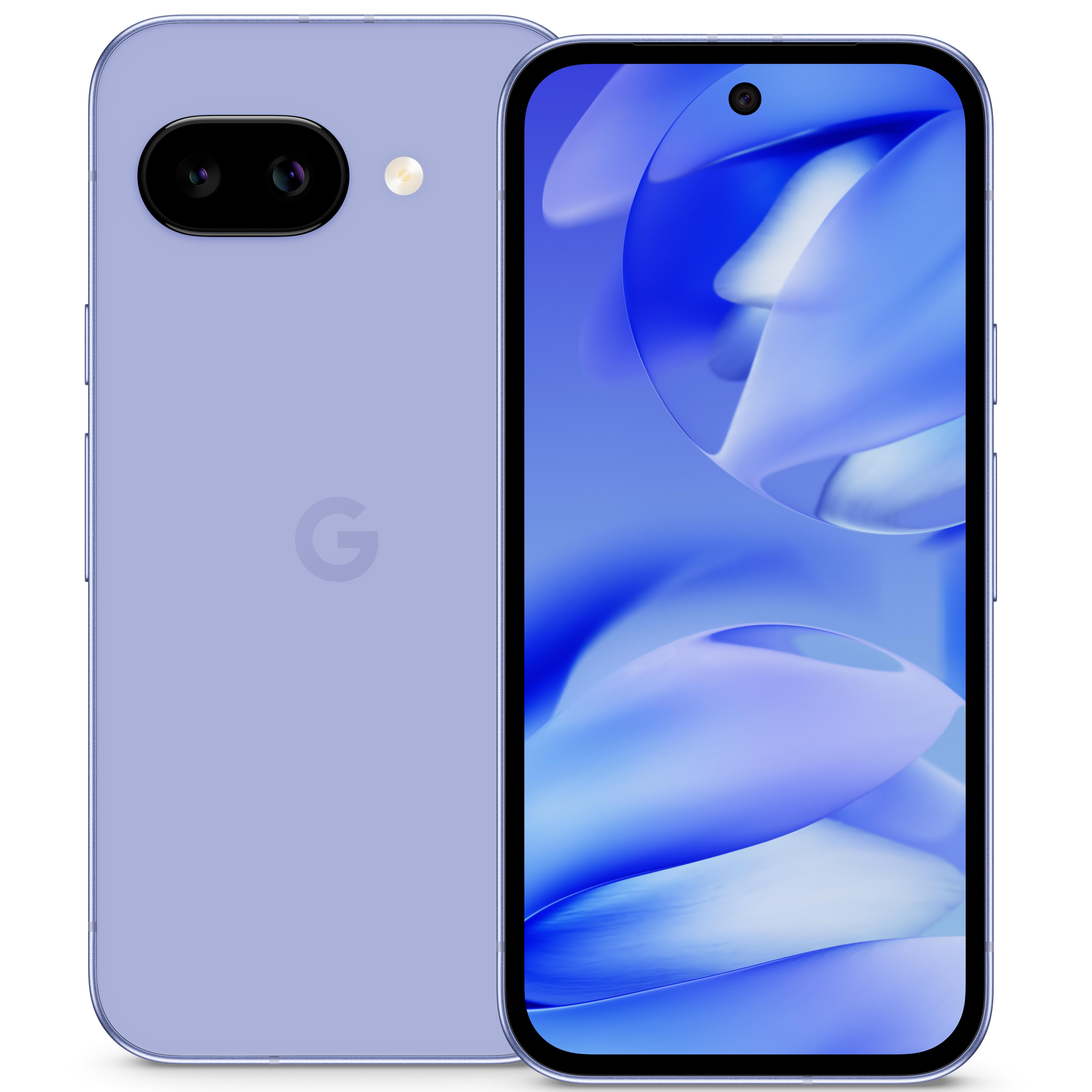
Best budget
The Google Pixel 9a comes with a good spec bump over the 8a. It offers amazing camera quality, improved performance, fantastic battery life, and even wireless charging support, all at a great price.
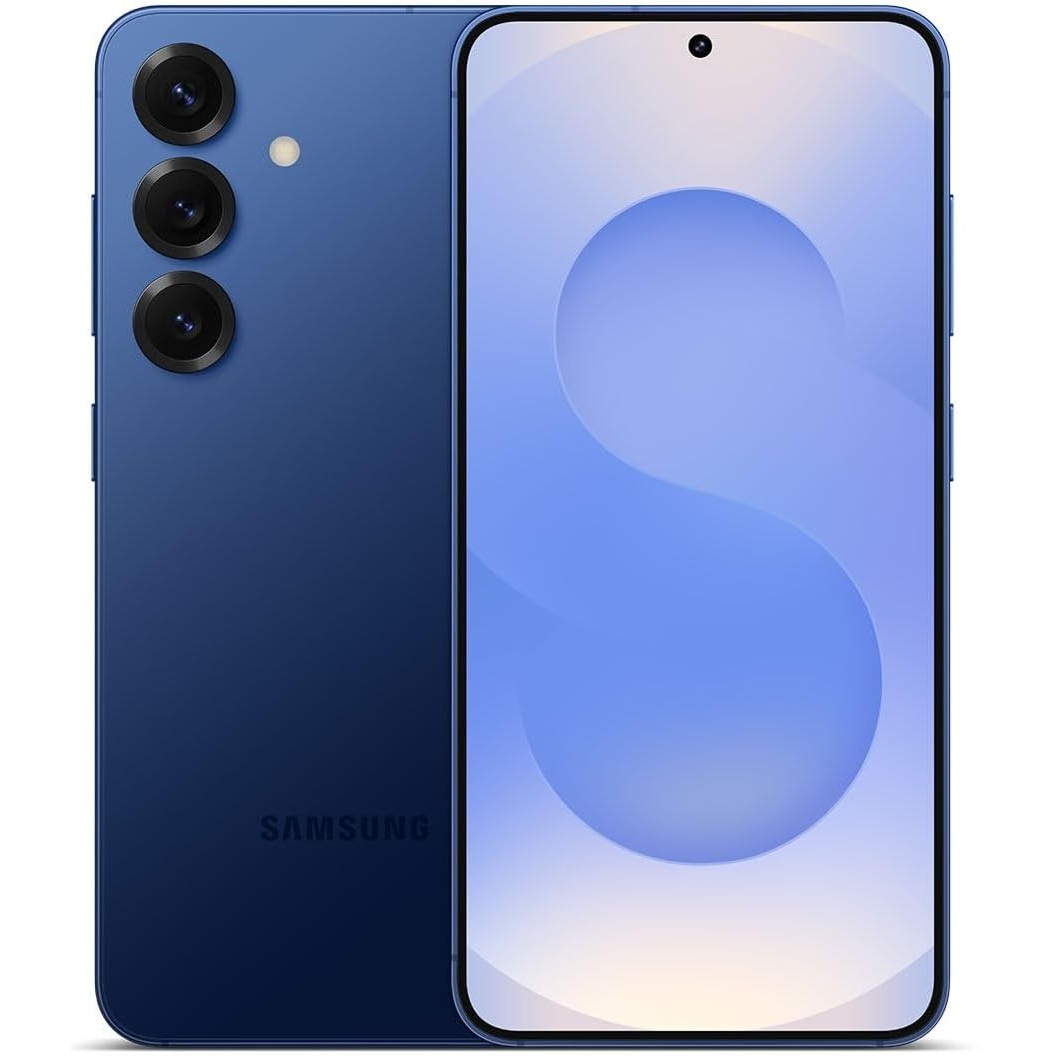
Best compact option
If you want a full-featured flagship smartphone with premium build quality, a gorgeous display, years of software support, and fantastic cameras, the Samsung Galaxy S25 offers all that, and much more. Even then, it's easy to use with one hand and lightweight.
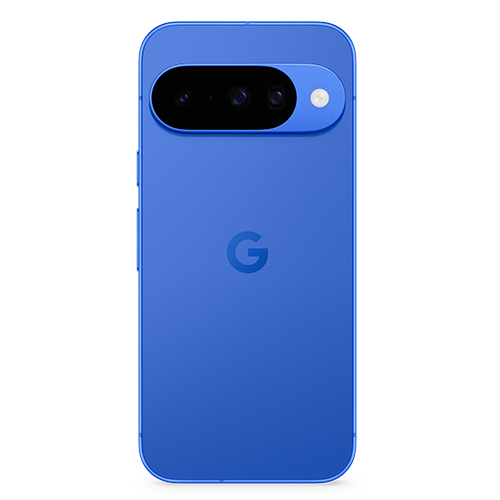
Best value flagship
Packing a telephoto cam for the first time, the Google Pixel 10 offers you a lot of bang for your buck(s). It also features a new custom SoC, a plethora of AI-based features, and years of software and security updates.
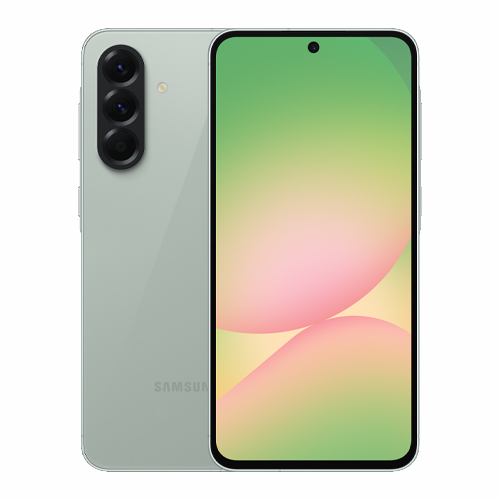
Best mid-ranger
From a big Super AMOLED display to six years of software updates, the Samsung Galaxy A56 gives you many features usually found in much pricier phones, but at a lower price.
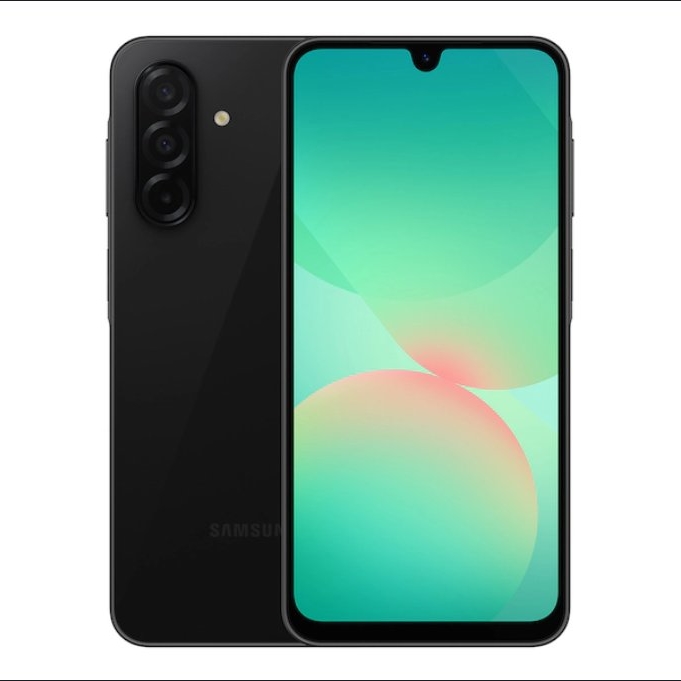
Best under $300
Despite its super affordable price tag, the Samsung Galaxy A26 packs in a 120Hz AMOLED display, stereo speakers, and the promise of six Android OS upgrades.
Load the next 3 products↓
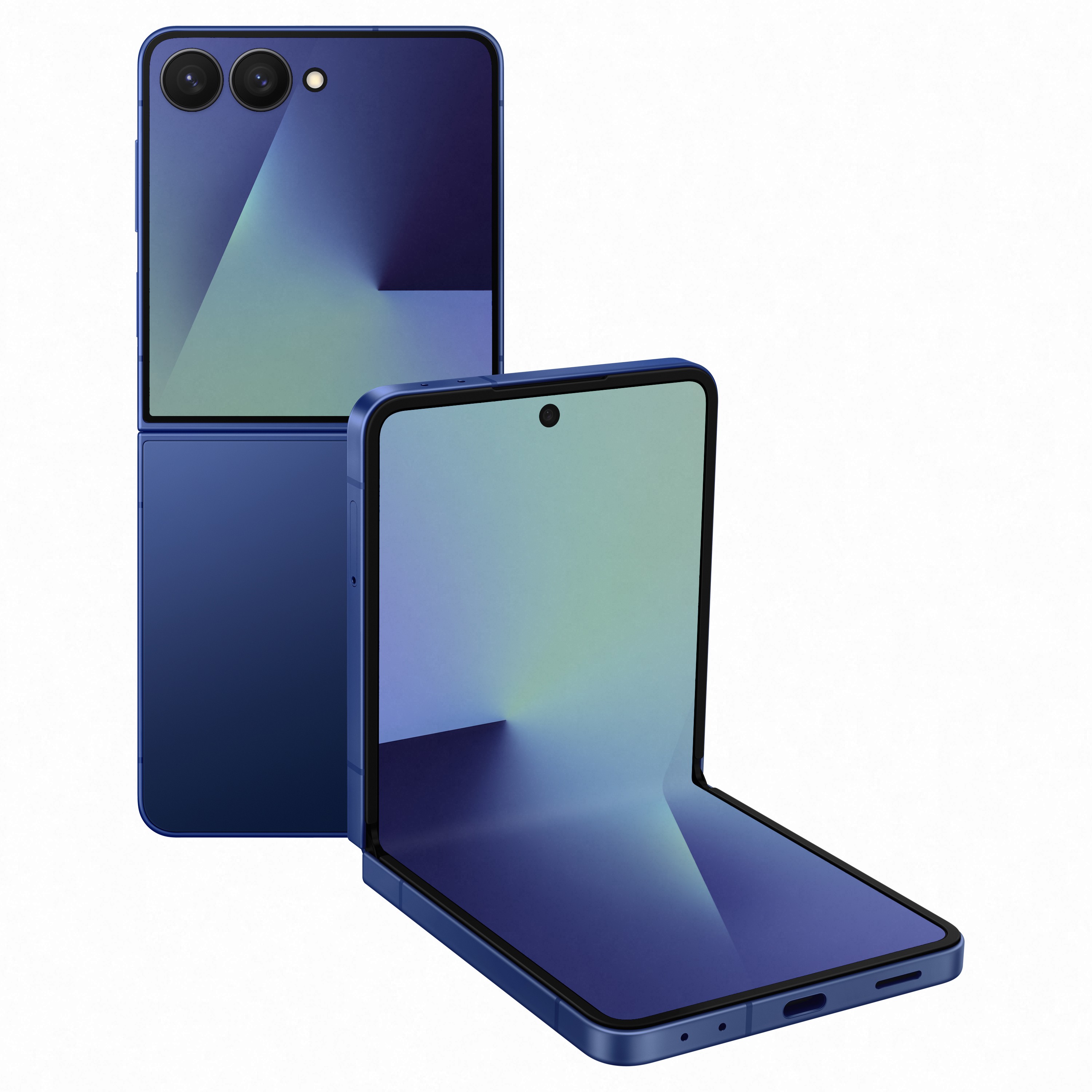
Best flip-style
With its improved design, larger display, and a bigger battery, the Samsung Galaxy Z Flip 7 is hands-down one of the best flip-style Android smartphones available in the market. It comes with top-of-the-line hardware and will be supported for years to come.
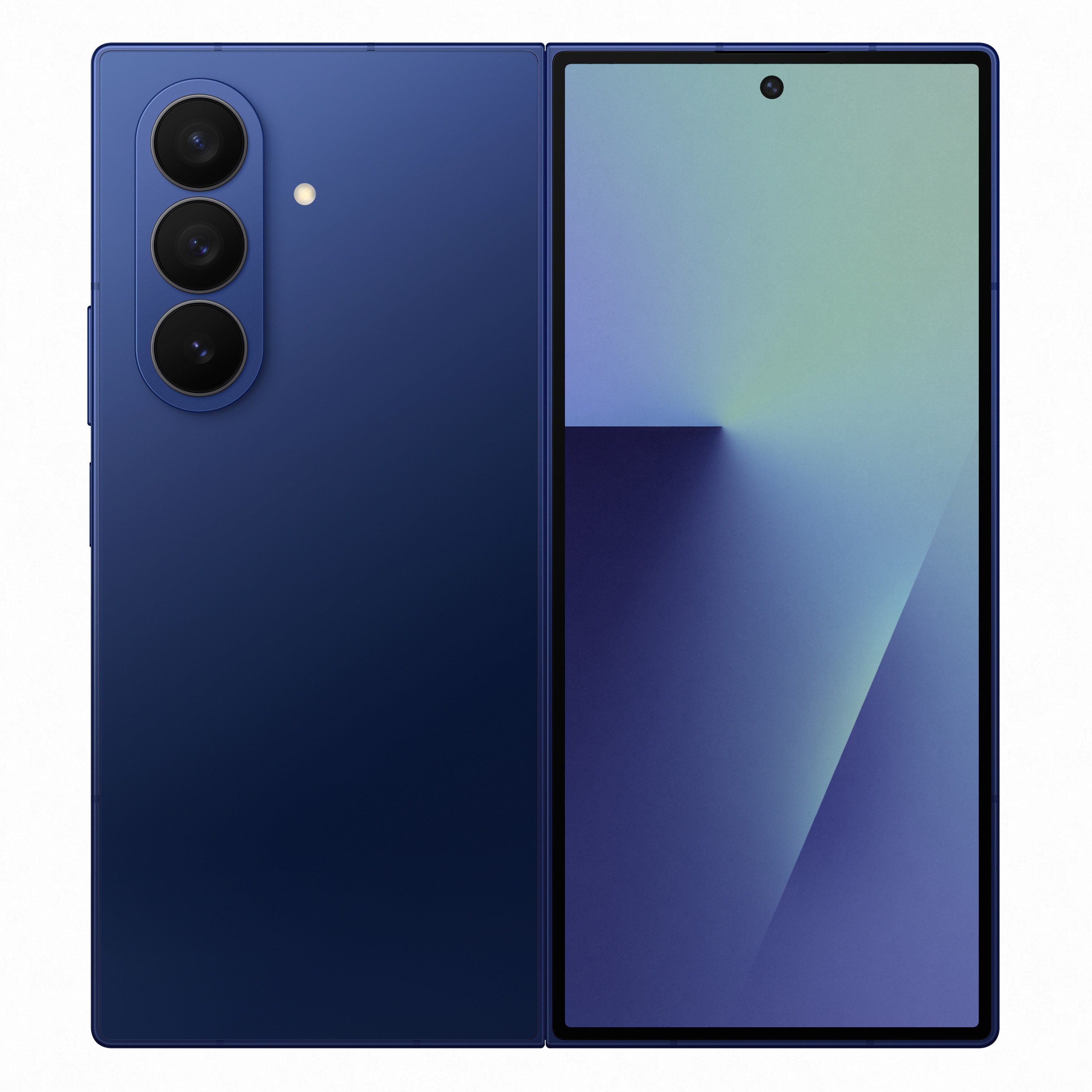
Best foldable
The Samsung Galaxy Z Fold 7 is a dream come true for multitaskers with a giant display, flagship chip, and a new 200MP main camera system. Plus, it's thinner and lighter than ever.
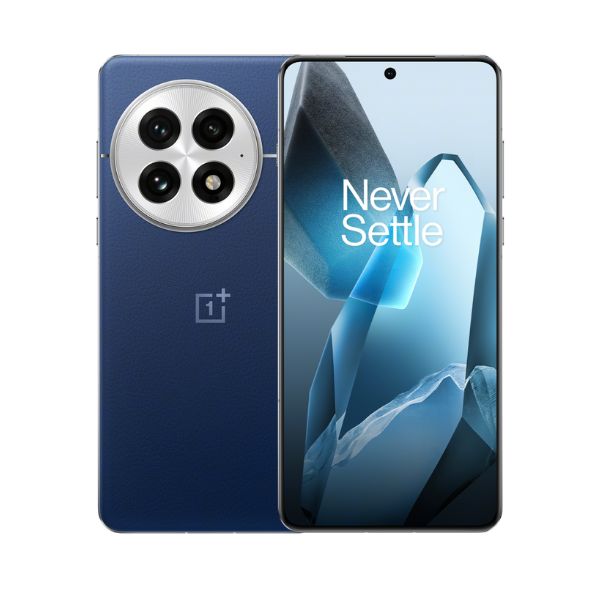
Best performance
With its top-of-the-line performance, flagship hardware, incredible cameras, and superb build quality, the OnePlus 13 redefines what a 2025 Android phone should be. It also has a big battery, plenty of software goodies, and can be fully charged up in little to no time.
Best overall
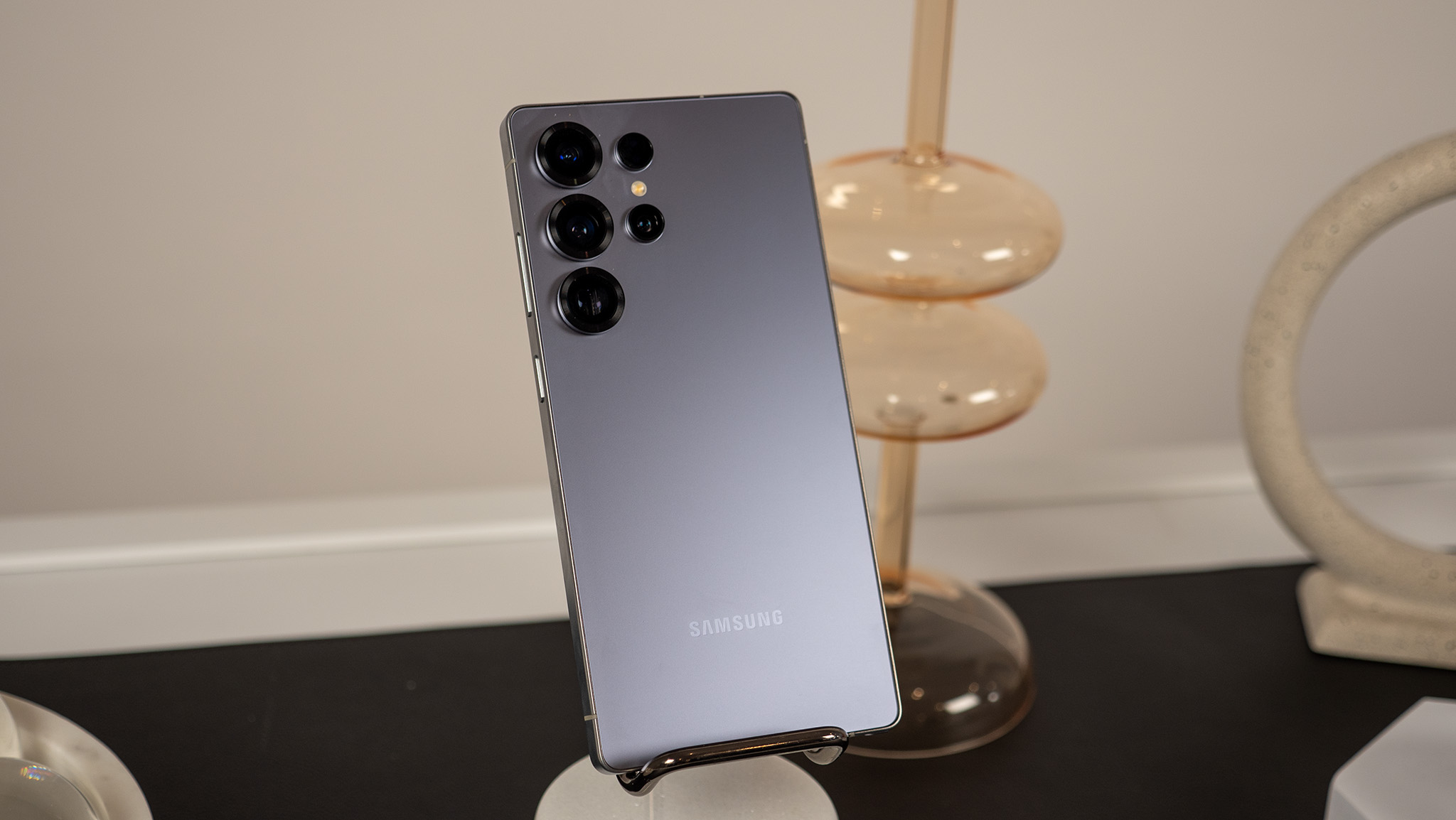
Specifications
Reasons to buy
Reasons to avoid
Loaded to the gills with top-tier goodness, the Samsung Galaxy S25 Ultra is undeniably the best Android phone money can buy right now. Thanks to an updated design, it looks more modern and in line with the other two members of the S25 family, even if it's no longer really that unique.
Up front, you get a glorious 6.9-inch Dynamic AMOLED LTPO panel with even slimmer bezels that works wonders for everything from multimedia consumption to graphics-intensive gaming. Of course, those things need power, and that's where the custom version of Qualcomm's Snapdragon 8 Elite SoC comes into the picture. Combine that with 12GB of RAM and up to 1TB of onboard storage, and the Samsung Galaxy S25 Ultra can make quick work of even the most demanding of workflows.
The rear camera setup isn't all that different from the previous-gen model, and it's still a top-of-the-line setup comprised of a 200MP primary sensor, a 10MP telephoto lens with 3x optical zoom, a 50MP periscope telephoto module with 5x optical zoom, and a 12MP ultrawide unit. Even though the S Pen is still there, it has lost some of its functionality. The whole package is backed by a big 5,000mAh battery with both wired and wireless charging support.
Best budget
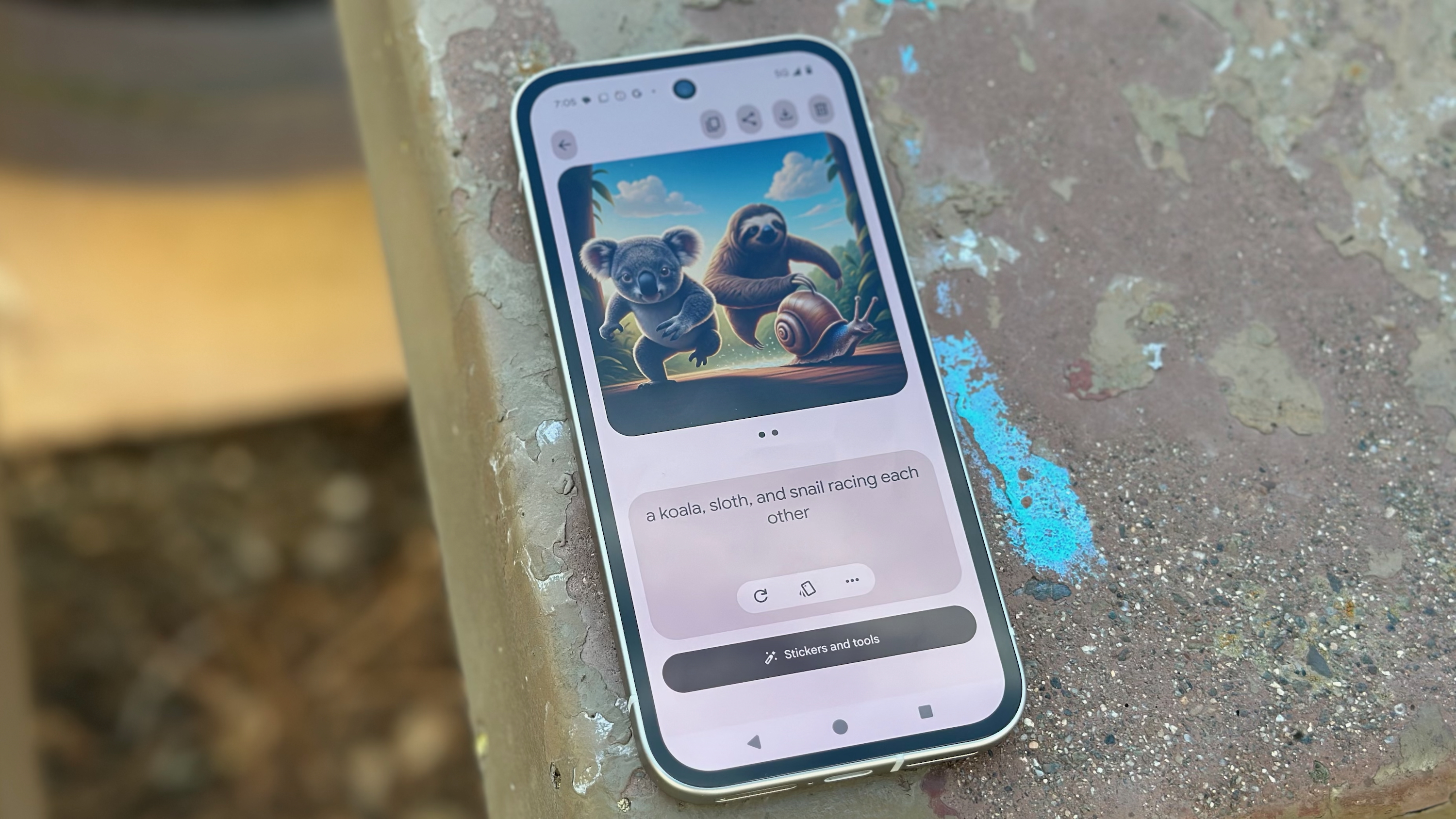
Specifications
Reasons to buy
Reasons to avoid
The Google Pixel 9a refines Google's budget formula even further with better features and upgraded hardware. It's roughly the same weight and size as the Pixel 8a, but it has a new design with an almost flush rear camera island. The Pixel 9a gets a brighter pOLED 6.3-inch display and supports a 120Hz refresh rate. The big upgrade is the battery capacity, which is now a massive 5,100mAh. This gives the 9a incredible battery life, the best we've seen yet on any Pixel.
The 9a also gets the Tensor G4 SoC, which is also found in the more premium Pixel 9 and 9 Pro devices. The rear 48MP and 13MP cameras continue to deliver stellar performance, only trailing behind the Pixel a bit in low-light performance.
Since this is a Pixel, you can also look forward to top-tier software support, on par with other flagship Pixels. The 9a will get seven years of OS and security updates. There are even a few other premium features worth mentioning such as an IP68 certification and 7.5W wireless charging included in the mix.
Best compact option
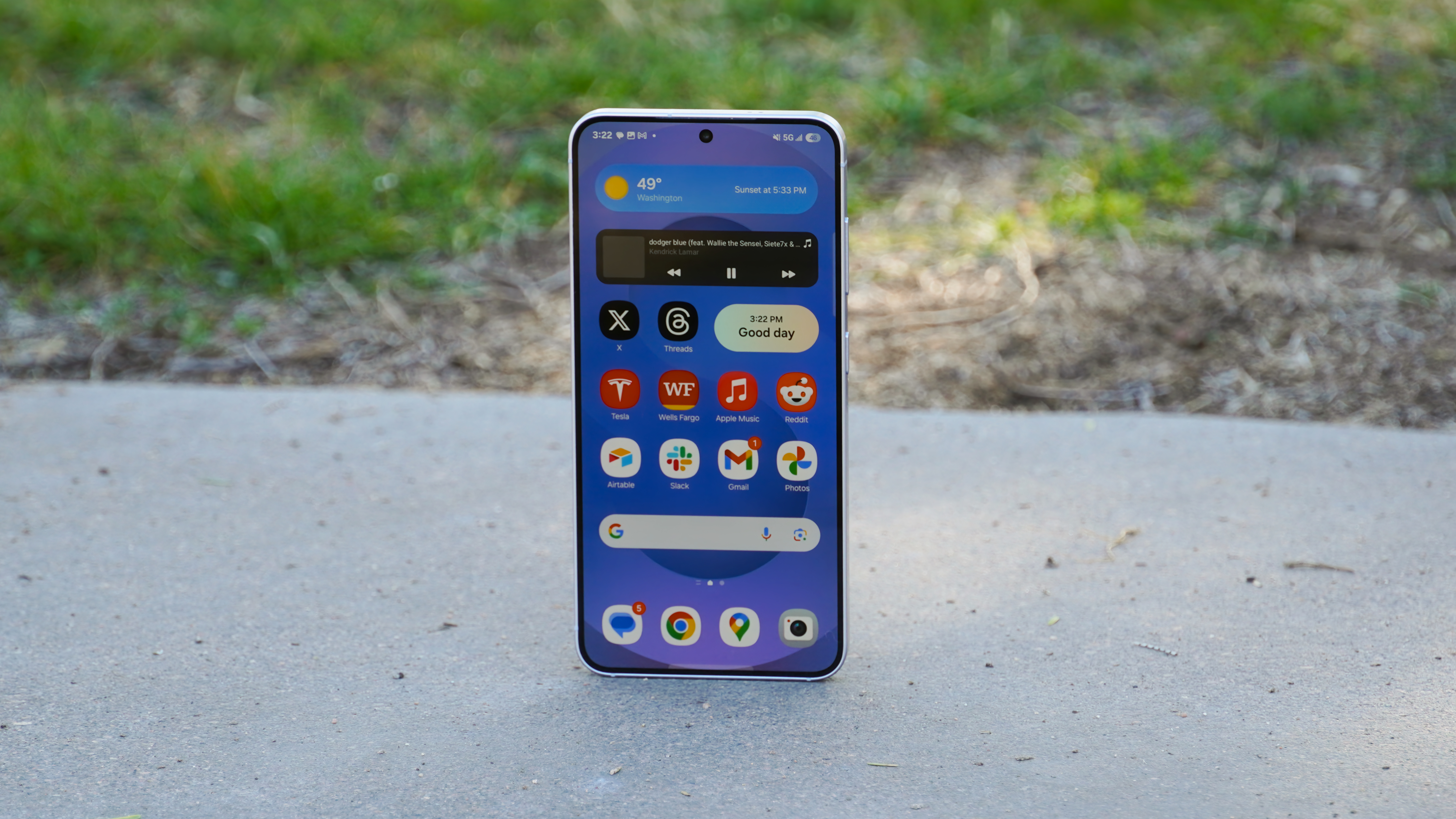
Specifications
Reasons to buy
Reasons to avoid
Hands down the best small Android phone available out there, the Samsung Galaxy S25 gives you all the features you could possibly want, in a device that's a delight to use with one hand. Sure, it's mostly an incremental update over its predecessor, but there's plenty to like here.
Powered by a Qualcomm Snapdragon 8 Elite chipset, the Samsung Galaxy S25 now comes with 12GB of RAM as standard and gives you up to 512GB of internal storage. This means that this compact phone can handle just about everything you throw at it without breaking a sweat. The front is all about a 6.2-inch Dynamic AMOLED LTPO screen that features up to 2600 nits of peak brightness and a 120Hz refresh rate.
Coming to cameras, the triple-lens primary system hasn't seen many changes over the previous few generations. You still get a 50MP primary sensor, a 10MP telephoto unit with 3x optical zoom, and a 12MP ultrawide module. Running Android 15 (with One UI 7 overlaid on top), the Samsung Galaxy S25 (like the remaining two members of the S25 line-up) is guaranteed to receive up to seven years of major OS and security updates.
Best value flagship
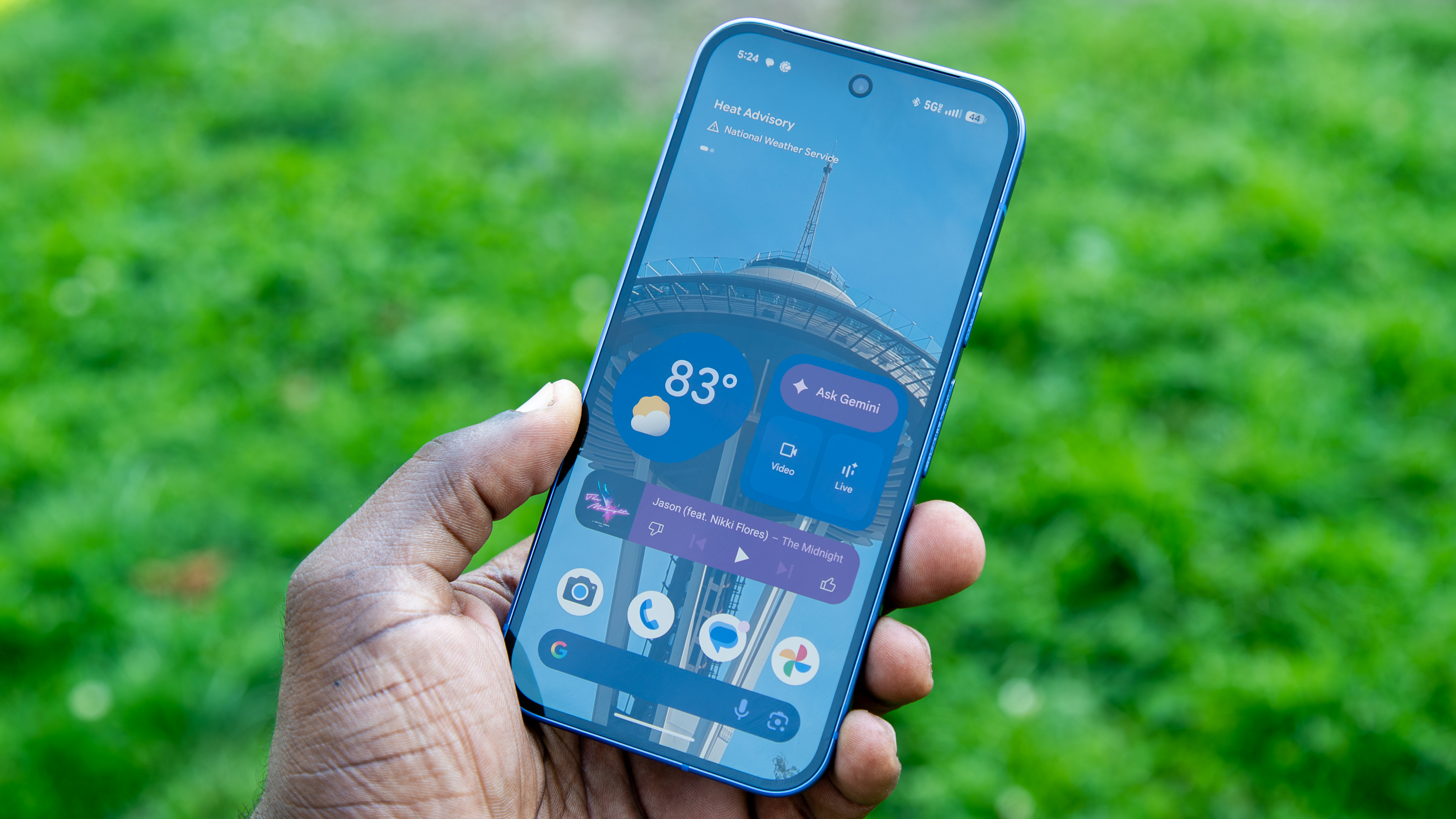
Specifications
Reasons to buy
Reasons to avoid
The Google Pixel 10 is the first base-model Pixel that will make you question whether you really need a "Pro" phone. It packs in quite a few improvements that make it an excellent value flagship, headlined by a telephoto camera for the first time. With a squared-off design, the new smartphone is powered by Google's Tensor G5 chipset and comes with 12GB of RAM.
The software experience continues to be top-of-the-line, filled with a wide range of AI-based enhancements, starting with Gemini as your voice assistant. You get Android 16 out of the box too, along with a promise of up to seven years of OS and security updates. There's the Pixel-exclusive Material 3 Expressive design language inserting a pop of color into the experience, too.
The Google Pixel 10 features a triple-lens primary camera system, comprising a 48MP wide-angle sensor, a 10.8MP telephoto lens with 5x optical zoom and a 13MP ultrawide module. And as noted by Android Central's Derrek Lee in his review, the setup is capable of producing some amazing photos, and there are a lot of AI-powered tools (e.g., Magic Editor and Camera Coach) to play with as well.
Best of all, there's full support for magnetic wireless charging with whatever ecosystem you prefer, including Qi2, MagSafe, and Pixelsnap.
Best mid-ranger
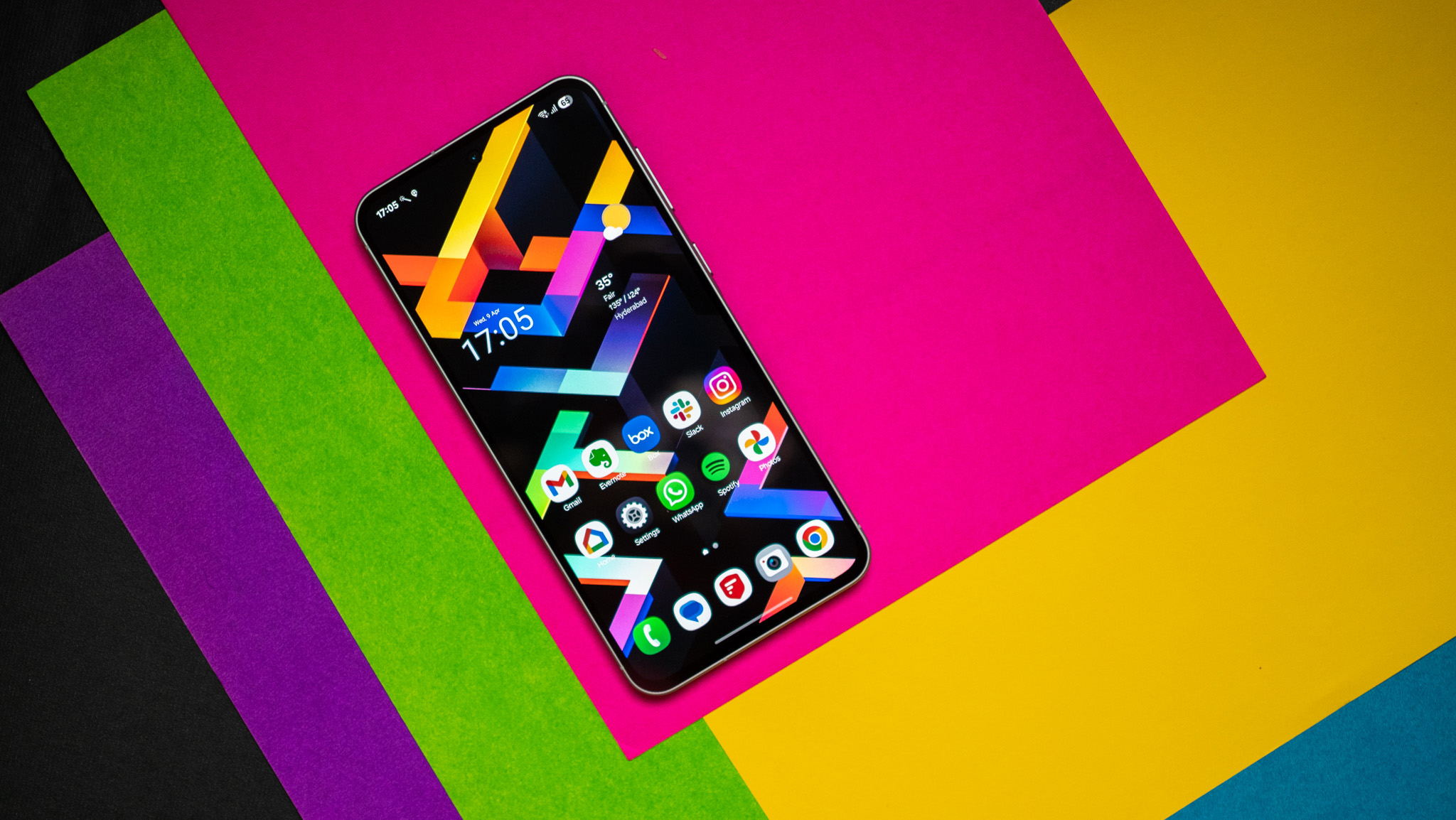
Specifications
Reasons to buy
Reasons to avoid
Picking up right where its predecessor left off, the Samsung Galaxy A56 doesn't offer anything dramatically different, but it's a solid buy if you can find it under $400. It delivers rock-solid everyday performance and a number of thoughtful features, all at an extremely reasonable price. The mid-range smartphone features a big 5,000mAh battery, 45W charging, a 6.7-inch Super AMOLED display, and will get six years of major OS updates as well as six years of security updates. This makes it quite a future-proof device.
On top of that, the Samsung Galaxy A56 doesn't miss out on support for the Galaxy ecosystem either. You get an IP67 rating for dust and water resistance, an in-display fingerprint sensor, Gorilla Glass Victus Plus for the front and back, and a slimmer and lighter design. On Amazon, you should be able to easily find it for about $350 for 12GB RAM and 256GB storage.
Best under $300
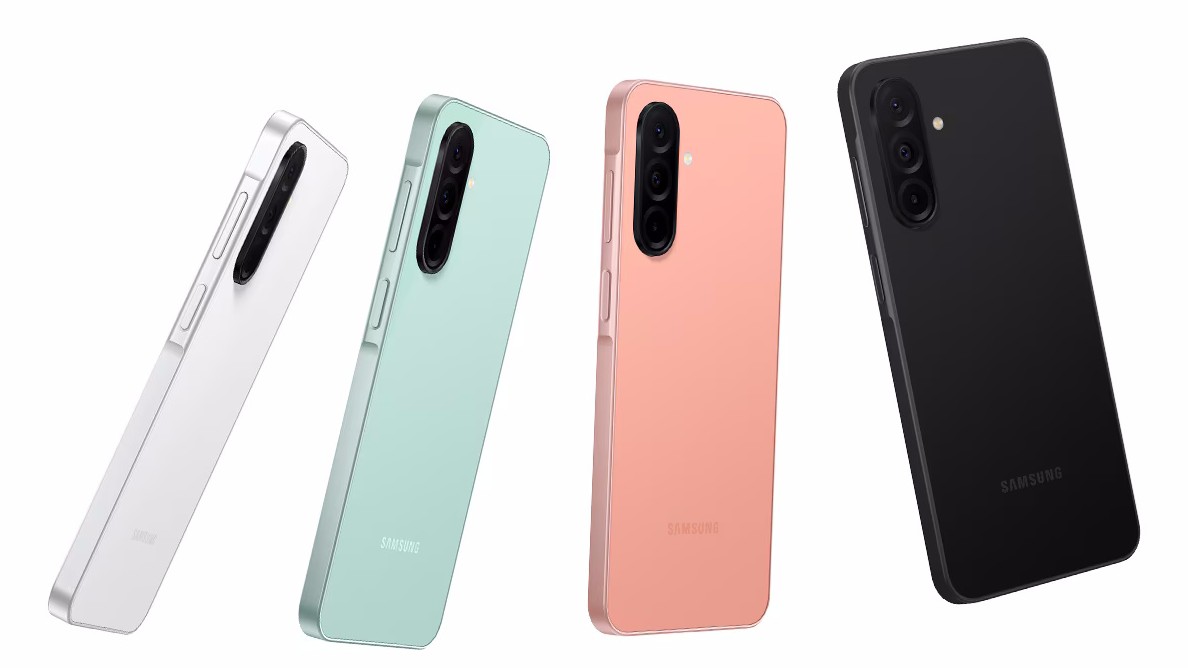
6. Samsung Galaxy A26
Our expert review:
Specifications
Reasons to buy
Reasons to avoid
The Samsung Galaxy A26 is a rather interesting sub-$300 phone as it offers some pretty big features for the price. This new launch for 2025 is already on sale in the U.S. in a single variant with 6GB RAM and 128GB of storage. What makes it stand out is the IP67 dust and water resistant rating, and the fact that Samsung will offer six generations of OS upgrades for it. This was unheard of for a Samsung phone at this price, but here we are.
The Galaxy A26 actually uses Gorilla Glass Victus Plus over front and back, which is quite remarkable. The Full-HD+ resolution and AMOLED display are a good combo, along with the 120Hz refresh rate. There are all the necessary cameras like a 50MP main and 8MP ultrawide, as well as a 2MP macro. Battery life should be very good with the 5,000mAh capacity and 25W fast charging. The phone also comes with a sub-set of Galaxy AI features that Samsung calls 'Awesome Intelligence.'
Best flip-style
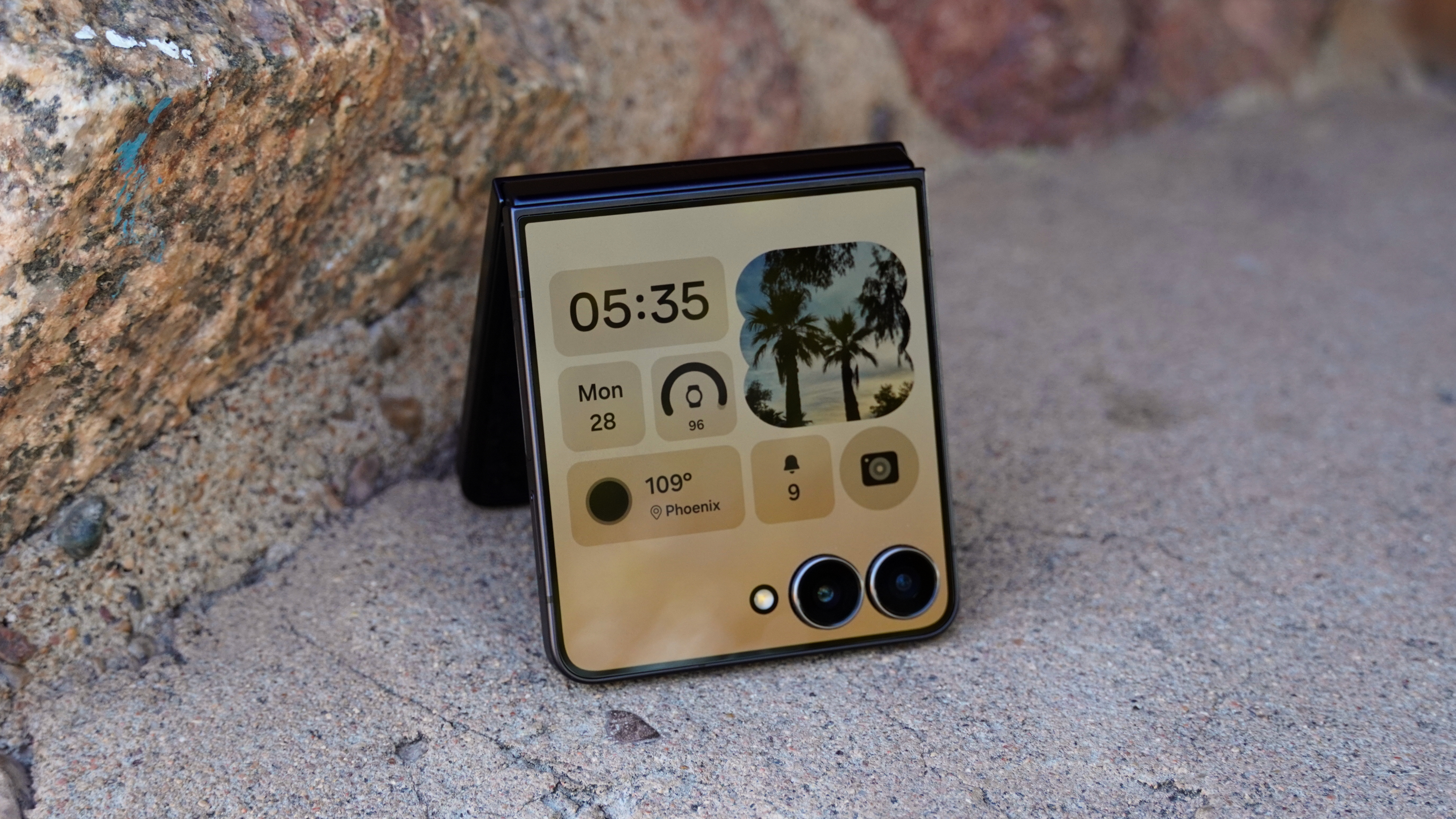
Specifications
Reasons to buy
Reasons to avoid
The Samsung Galaxy Z Flip 7 is a major upgrade — not quite as big as the Fold 7, but still a notable improvement — over its predecessor. It retains the flat frame and more refined look as the Galaxy Z Flip 6, keeping the same IP48 rating for better ingress protection. Yet again, there's a redesigned hinge for better durability.
Samsung made the switch to its own in-house processors this year, as the Galaxy Z Flip 7 is powered by the Exynos 2500 chip and 12GB of RAM. The flip-style phone can handle just about anything you throw at it with little to no effort, even if it might not match the performance of Qualcomm-powered phones, at least on paper. There's also 256GB/512GB of onboard storage for all your files, photos, and videos.
The highlights of the Galaxy Z Flip 7 are the bigger screens, which not only add diagonal size but crucially add width, making this flip phone feel just like a Galaxy S25 Plus when opened. The cover screen is now 4.1 inches, making it slightly bigger than the Motorola Razr Ultra 2025, and the main screen grows to 6.9 inches.
The dual-lens rear camera setup of the Samsung Galaxy Z Flip 7 includes a 50MP wide-angle unit and a 12MP ultrawide sensor. As expected, both photos and videos are great, and everything from 4K video recording to AI-based editing tools is thrown into the mix. The overall software experience is quite feature-laden, although the cover display functionality continues to be somewhat limited. Other features include a 4,300mAh battery, seven years of OS and security updates, and much more.
Best foldable
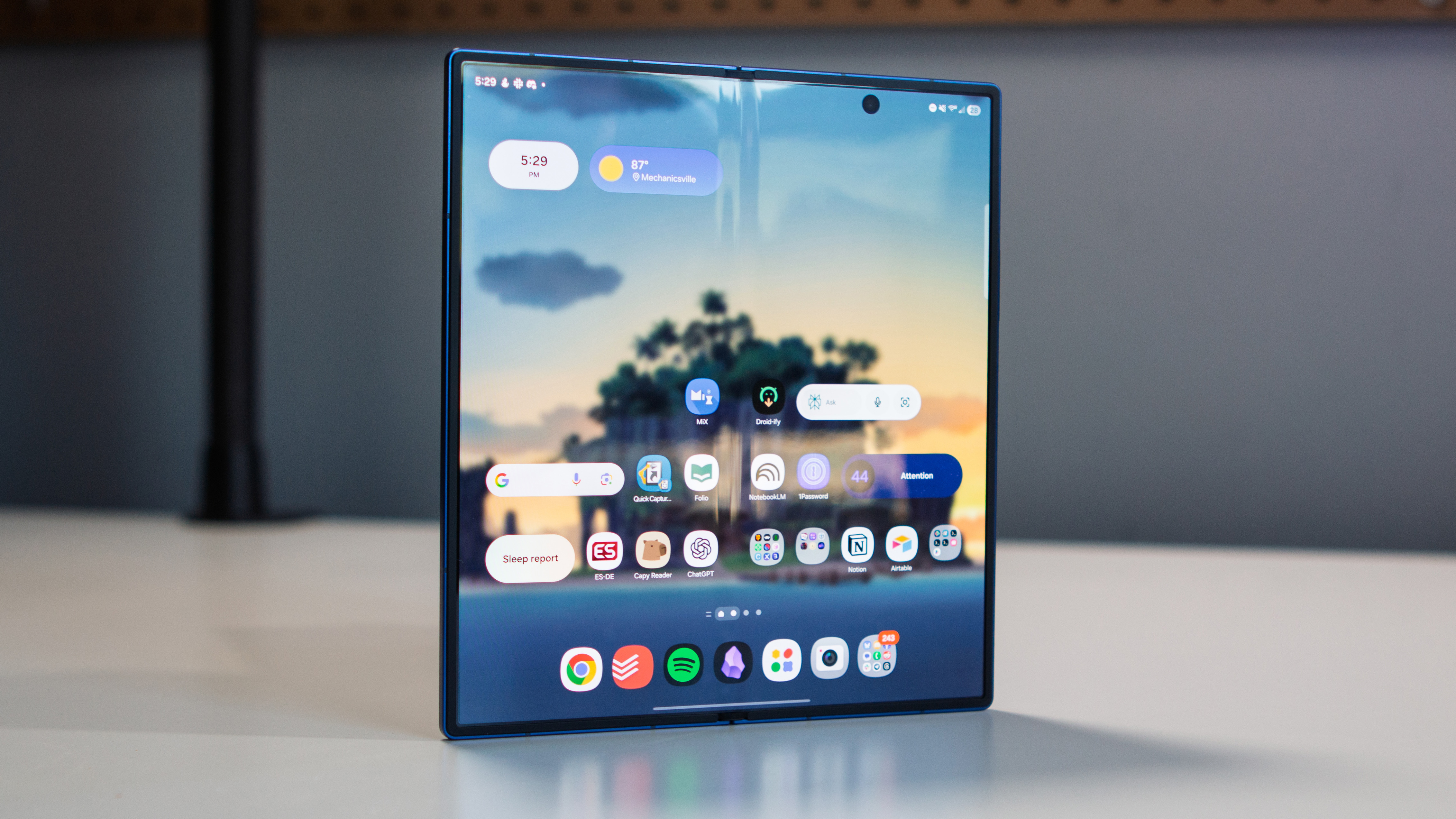
Specifications
Reasons to buy
Reasons to avoid
Easily one of the best foldable phones available out there, the Samsung Galaxy Z Fold 7 is an ultra-premium smartphone that can do it all. It sports a larger 8-inch folding Dynamic AMOLED display that makes split-screen multitasking a delight. It's complemented by an outer 6.5-inch Dynamic AMOLED panel that's wider than ever before, making it easier to use.
The smartphone is backed by an IP48 rating for better ingress protection, and the build quality is best-in-class. The Galaxy Z Fold 7 is just 8.9mm thick when closed, and weighs only 215 grams — that's less than the Galaxy S25 Ultra. It's powered by Qualcomm's Snapdragon 8 Elite SoC and 12GB or 16GB of RAM, so everything works exactly as it should.
Being a full-featured flagship, the Samsung Galaxy Z Fold 7 comes with a triple-lens primary camera system. It's comprised of standout and brand-new 200MP wide-angle unit, a 10MP telephoto module (with 3x optical zoom), and a 12MP ultrawide sensor. Both front-facing cameras are now 10MP, as the inner camera gets a boost.
It's the first Samsung foldable to run the latest Android OS, One UI 8 based on Android 16, out of the box. Just like all of the company's other high-end phones, will receive seven years of major OS and security updates. Backing up the entire thing is a 4,400mAh battery with both wired and wireless charging support.
Best performance
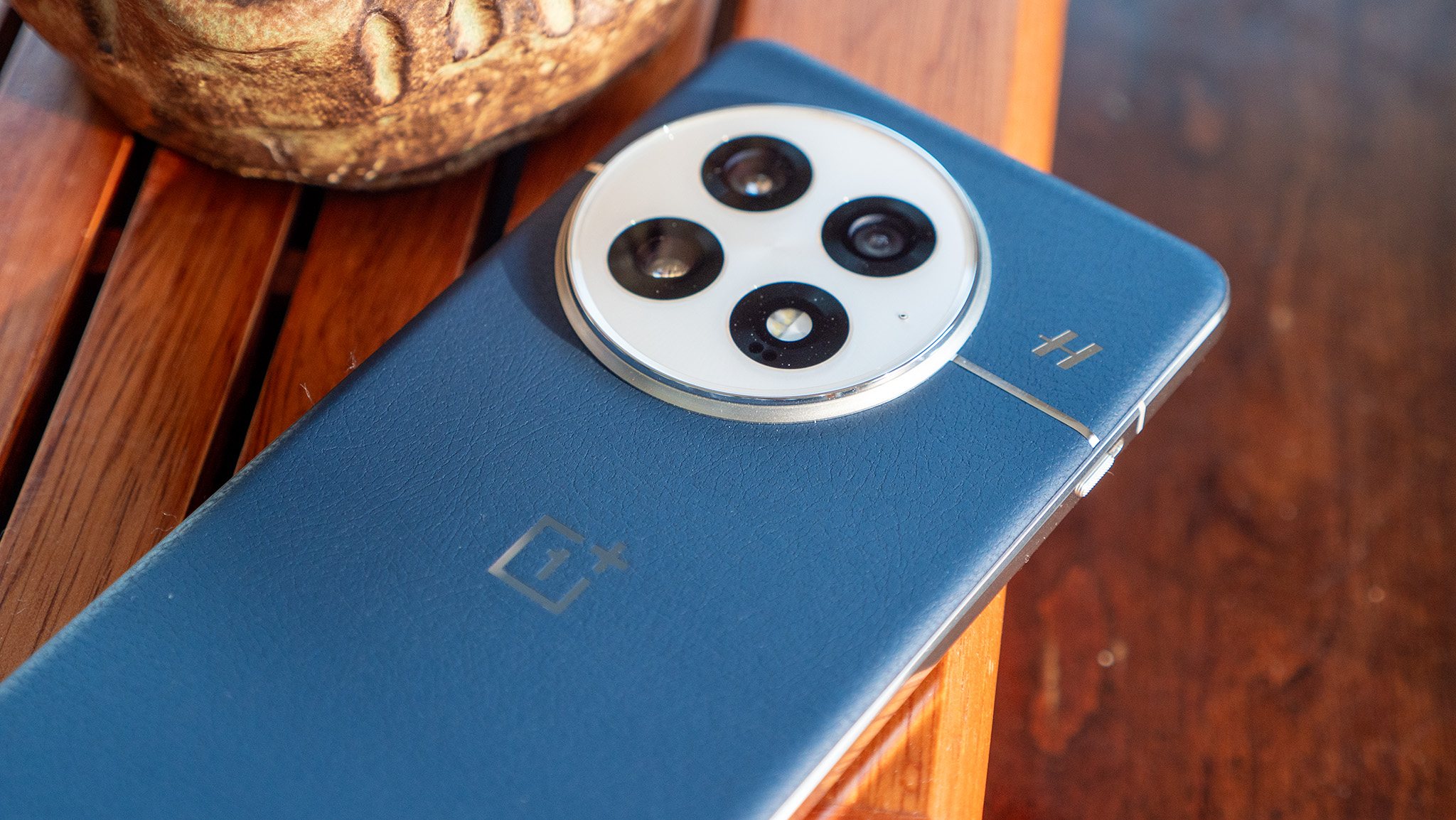
Specifications
Reasons to buy
Reasons to avoid
With the OnePlus 13, the company has once again proven that its flagships can not only go against the best in the business but also beat them. If you're in the market for a blazing-fast phone, we suggest you really consider taking a look at this thing.
Refining the design of its already-excellent predecessor even further, the OnePlus 13 now features premium build quality that manages to strike the right balance between flat and curved elements. The camera island no longer flows into the phone's side frame; instead, the circular housing sits on its own at the back. It's still located a little towards the left, and you can the choice of either textured glass or vegan leather as the material of choice for the rear panel. Powered by a Qualcomm Snapdragon 8 Elite chipset, the OnePlus 13 features at least 12GB of RAM and 256GB of onboard storage, so this is a phone that can do it all. You also get an IP69 certification for dust and water resistance.
The triple lens rear camera system of the phone now comes with a 50MP primary sensor, a 50MP periscope telephoto unit with 3x optical zoom, and a 50MP ultrawide module. The setup can compete against the best Android camera phones and includes everything from pro controls to 8K video capture. Among other notable features are an alert slider, NFC, and a big 6,000mAh battery with support for super-fast wired and wireless charging.
How to choose
You have lots of choices when it comes to T-Mobile
Why you can trust Android Central
There's no doubting that T-Mobile's network infrastructure is one of the best you can get in the United States, featuring nationwide high-speed 5G coverage. However, you need one of the best T-Mobile phones to take advantage of the network and all of its perks. For the best performance, we suggest getting a phone that (at least) supports 5G bands n71 and n41.
It's also worth noting that most users don't necessarily need top-tier devices such as the Samsung Galaxy S25 Ultra or the Google Pixel 10, even though they offer a truly unmatched user experience. If that includes you, and you want to save some money, we suggest checking out the Samsung Galaxy A56, the Google Pixel 9a, or even the Samsung Galaxy A26, which are all among the best cheap Android phones you can get in the market right now.
Get the latest news from Android Central, your trusted companion in the world of Android

When Samuel is not writing about networking or 5G at Android Central, he spends most of his time researching computer components and obsessing over what CPU goes into the ultimate Windows 98 computer. It's the Pentium 3.
- Roydon CerejoContributor
- Patrick FarmereCommerce Editor
